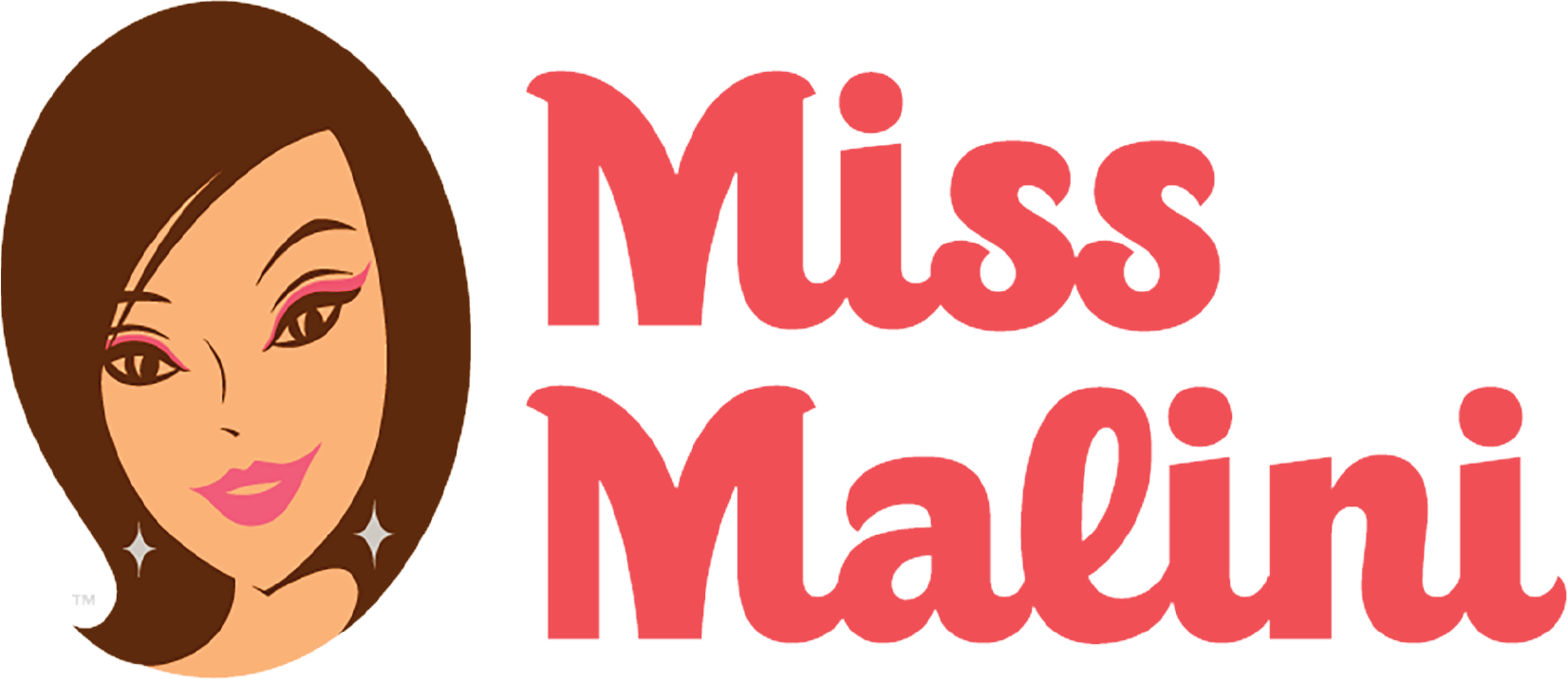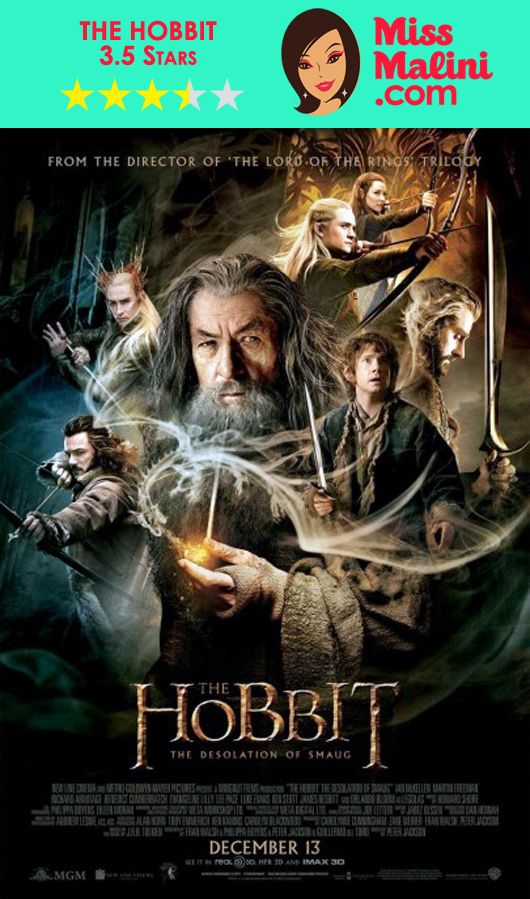Director Peter Jackson‘s second installment of his Hobbit trilogy releases across India today, based off the J. R. R. Tolkien‘s 1937 children’s fantasy novel, The Hobbit (a prequel to his Lord of the Rings epic). Last December audiences flocked to the The Hobbit: An Unexpected Journey, to the tune of over $1 billion in box office sales. Reviews for the first Hobbit film ranged from mixed, to slightly negative, owing mostly to the dragging length of the film, but The Hobbit: The Desolation of Smaug, will likely quiet most critics.
The 169 minute run time of the first Hobbit film did, in fact, feel much much longer than the 161 minutes of Desolation of Smaug. The amount of time Jackson spent in An Unexpected Journey to establish the back story and history really dragged on, and the slow parts weren’t broken up enough with action scenes, serious character development, or interesting story building. The nearly equal long length of Smaug felt different. It was still long, (which is probably unavoidable when transposing a 300 page children’s book into 3 feature length films), but it didn’t drag on, especially after intermission. There is some extended dialog, and some ancillary side plots, that could have been left out, but I put the long length as only a slight negative for this film. Now, on to the positives.
The acting was solid all around. Martin Freeman came into his own portraying a more confident and courageous Bilbo Baggins. Richard Armitage was convincing as dwarf leader Thorin Oakenshield, who struggles with the weight of expectations for him to reclaim his rightful throne as king of the dwarfs. Benedict Cumberbatch (from Sherlock), gave life to the narcissistic, devastating dragon Smaug. Orlando Bloom came back as the cunning warrior elf Legolas, accompanied by a new character, Tauriel played by Evangeline Lilly (Lost, The Hurt Locker). Tauriel, the she-elf warrior, added excitement to the action scenes with her exceptional bow skills (basically a badass elvish Katniss from Hunger Games).
The action scenes all around were very entertaining. The special effects and CGI used for the characters brought them to life, namely the villains. The same high tech motion-capture filming technique used for the real life movements of Gollum in the first film, were used for Azog the Goblin King. It’s pretty amazing how lifelike the technology has become. Check out this making of Azog video:
You can say that some of the extended battles and chases were a bit gratuitous, but not to the point of boredom. The barrel-escape scene with Bilbo and the dwarfs was shot really well, and the conflict with Smaug towards the end was a good place to leave off for the final film, releasing in December 2014. Jackson really blended and balanced the special effects, choreography, and scenic backdrop of New Zealand, quite well in this film, and the action sequences were a major positive.
As you might guess, the cinematography was exceptional, and Jackson did everything that could be done to help audiences immerse and lose themselves in Tolkien’s world. The music score also deserves a shout out, especially the end credits song written and recorded by British singer, Ed Sheeran (currently nominated for a Best New Artist Grammy Award.)
All in all, The Desolation of Smaug, was a great watch, and was much more enjoyable than the first Hobbit film. You should definitely go see this one, and you’ll surely be amped up for the finale next year.
Warning! Spoiler Alert Below
For all the Tolkien geeks out there, here are the major deviations in Desolation of Smaug from the original book. Clearly they didn’t ruin the movie, not for me at least, but these elements did factor into my rating of the film (it was a borderline 4 stars otherwise).
1) Tauriel is a character who doesn’t exist in any of Tolkien’s writings. This is a big issue for the purists, as Middle Earth certainly doesn’t need any new characters to tell the story. Tauriel was added, according to the screenwriters, to balance the male-heavy cast (similar reasoning was given as reason for Arwen’s expanded role on the Lord of the Rings film trilogy.) Though I enjoyed her action scenes, I have to agree that making up an entirely new character is too far out of the box. And if you are going to add a daring female herione out of thin air, she really doesn’t need to get involved in a love story, with Kili the dwarf no less…c’mon!
2) Legolas also did not appear in the original Hobbit novel. His addition to the film is easier to explain since he was a popular character from the LOTR films, and his placement wasn’t overly objectionable since he showed up in Mirkwood, his home. Not a big deal, but again, not necessary.
3) The tangential story of Gandalf going to Dol Guldor to investigate the rise of Sauron and battle the Necromancer, was also not in the book. I guess it added to the back story for casual viewers, but it wasn’t necessary, and it distracted from the primary story.

